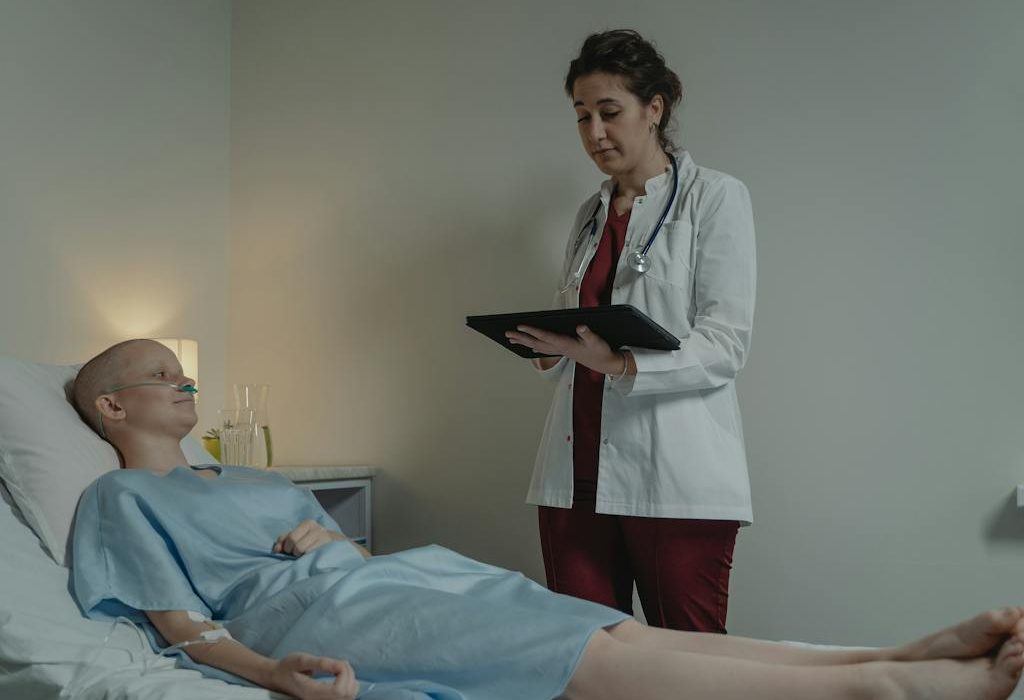Detecting Myelodysplastic Syndromes (MDS) early can be a life-saver. Options for treatment are plentiful, ranging from blood transfusions to stem cell transplants, painting a hopeful landscape for recovery.
The Inescapable March of Time and MDS
When it comes to the aging process, there are things we’re happy to claim – wisdom, a refined taste for wine, or mastering the art of not caring what others think. However, aging also comes with less welcome additions like crow’s feet, unpredictable joints, and a magnifying glass over our overall health. One health concern that increases with age is Myelodysplastic Syndromes (MDS), a group of bone marrow disorders that often present subtle early signs that can be overlooked until it becomes a significant problem. Now, let’s take a closer look.
The Illustrious, Yet Mysterious Bone Marrow
Our bone marrow, besides being the stuff of culinary delights in upscale restaurants, is an essential part of the body’s blood production line. It works much like a bustling factory, producing red blood cells, white blood cells, and platelets – all vital components for our body’s functioning. With MDS, our bone marrow starts slacking, producing malformed or immature cells that can’t do their job. The result? Anemia, infection, and uncontrolled bleeding – certainly enough to ruin anyone’s day.
The Fine Art of Spotting MDS Early
Early signs of MDS can often feel like experiencing Monday morning blues but worry not, we’re here to elucidate these elusive symptoms. Fatigue or weakness could be the first tell—a feeling similar to running a marathon after merely folding the laundry. Over time, shortness of breath or looking paler than a Twilight vampire may also appear. Frequent bruising or bleeding could also be signs, meaning if you’ve taken to looking like a peach after a minor brush against a door, it could be a clue.
Waltzing in Waist-Deep Water: The Subtler Signs
Since MDS is quite the crafty malady, other symptoms sneak up on you like a ninja in the night. Prolonged, recurring infections could be a sign that your white blood cell count is low, influencing your body’s ability to fight back. On a more uncomfortable note, if constipation becomes your constant companion despite the excessive consumption of fiber and water (or even that questionable home remedy your neighbor suggested), this could be another red flag.
The World of ‘What Ifs’: Risk Factors for MDS
Age is the greatest pull factor for MDS, with the average age for diagnosis being around 70 – not quite old enough for a letter from the queen but old enough for this sneaky disease to pop up. Other risk factors include exposure to certain chemicals like benzene or heavy metals, or previous chemotherapy or radiation therapy. Smoking also falls in the list – yet another reason to ditch the ticking bomb.
Breaking Down the Berlin Wall: Diagnosis of MDS
The process of diagnosing MDS involves a series of blood tests, followed by a bone marrow test – an experience that feels a bit like being mistaken for a dartboard.
MDS Treatment: Beyond Spells and Potions
Treatment for MDS begins with the ‘watch and wait’ approach, almost like a fussy cat deciding if it can tolerate new diet kibbles. If symptoms evolve, supportive treatments are pitched in, including blood transfusions and medications to stimulate the bone marrow to get its act together.
The Silver Lining: Life with MDS
While MDS might feel like being handed a rotten lemon, remember that many people live fulfilling lives while managing this diagnosis. By understanding the early signs and keeping informed about treatment options, people with MDS can maintain control over their health. MDS is not a death sentence but another chapter in the book of life that includes, but is not defined by, a medical condition.




